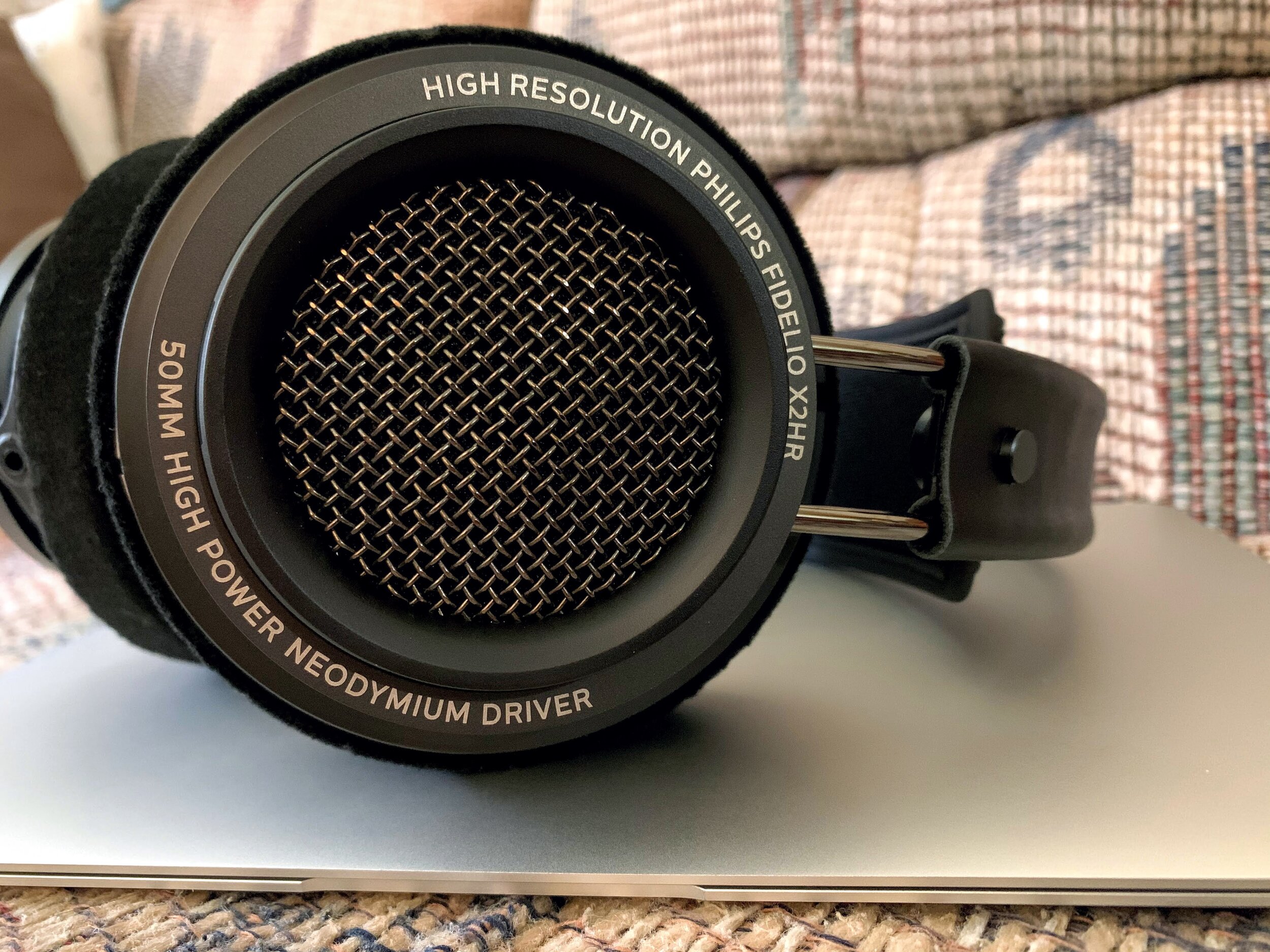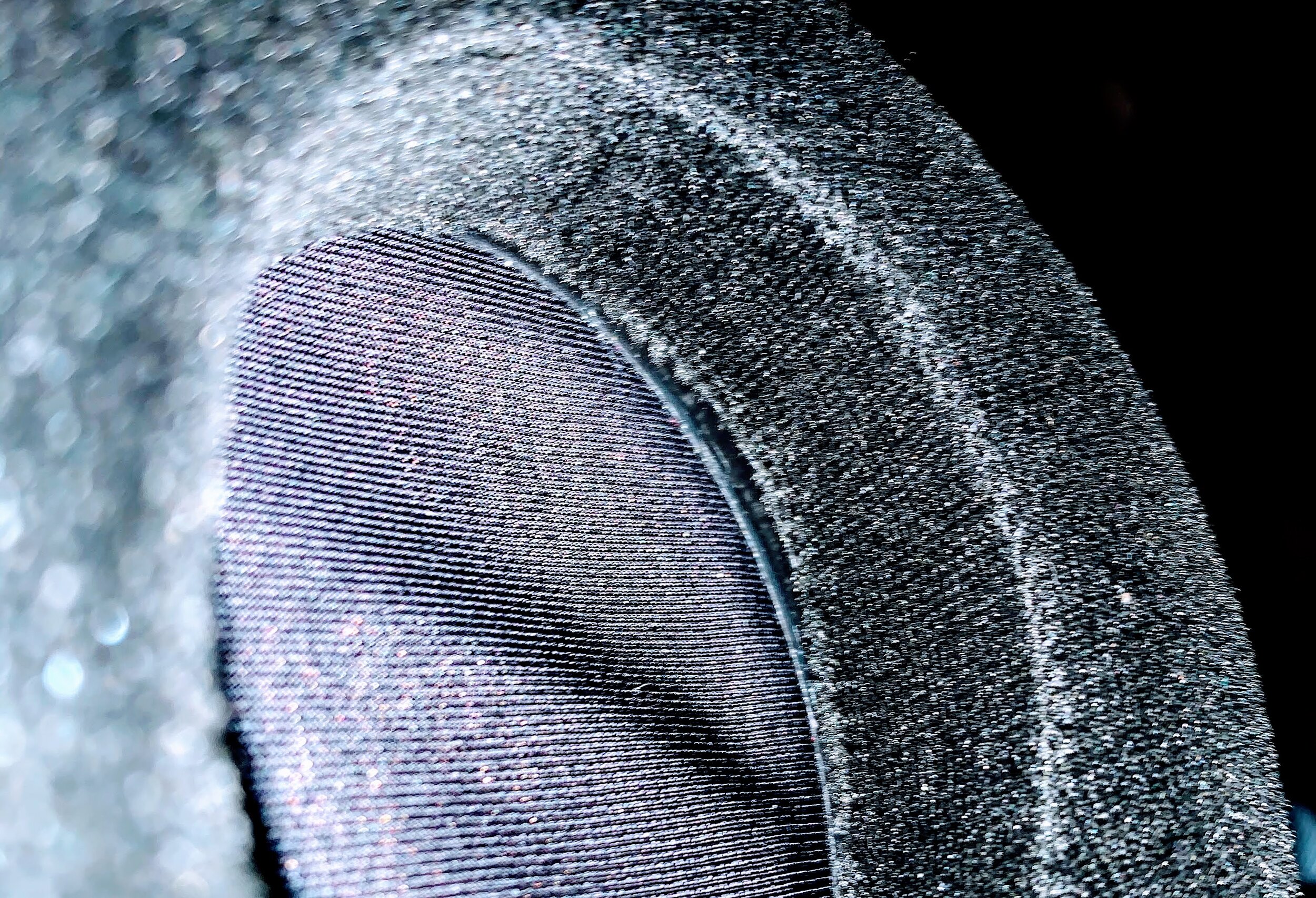Philips Fidelio X2HR Headphones Review
The Philips Fidelio X2/X2HR has a near-perfect reputation, and it’s one of the most-recommended open back headphones ever released. It was first produced in-house by Philips, then went through a dark spell where Gibson was making them and gluing the pads on with gross adhesive, and it is now back in the hands of its original creators again. The “HR” revision adjusted the headband shape to be more egg like and accommodate larger heads, improved the padding, and received hi-res certification. Its standard street price hovers around $160, and at that price it offers both impressive sound and build quality…though I think the robust build is also a weird detriment in some small ways.
In the box, you get the headphones, a 3m braided cable with 3.5mm connectors and a 6.3mm adapter, and a slickly produced manual(!) that contains both marketing and technical information. Philips seems very proud of this headphone design in this booklet, which makes the recently-launched divisive X3’s new form factor all the more puzzling. I know it’s weird for a headphone company to market a product at consumers who have already bought it, but as someone who used to love manuals, this is a nice touch.
These make my MacBook look like a baby’s toy.
The highlight of the sound signature is a natural and robust bass response, a relative rarity in open back headphone models. The bass is rich, warm, textured, and more or less true to whatever source material you’re playing back. It doesn’t bloom too much into the rest of the sound, and it has a nuance that’s surprising in a headphone of this price. The midrange is similarly pleasant, with a realistic texture that makes music sound wonderful. Treble is the only minor misstep, with a couple of peaks that lend some mild harshness to the sound, though it’s nowhere near as intense as the infamous DT990 Pro.
That classic Beyerdynamic model is a perfect point of comparison, and from first listen till this review two weeks later, the X2HR has felt like a “fixed” DT990. I’m a crazy person who enjoys Beyerdynamic’s house sound, and even I will admit that the DT990 takes things too far for most listeners. It’s an aggressive headphone with frequent sibilance, and at times it feels like it’s trying to assault you with sound. The X2HR has a similar overall character, but it’s smoothed out to the point that it’ll be a pleasant listen for all but the most demanding audiophiles.
The full color manual is a surprising touch and a fun throwback to the past.
I think the similarly-priced HD58X and AKG K371 both offer slightly more in terms of raw sound reproduction, but neither has quite the sense of openness as the X2HR. Its deft handling of the stereo image makes it oft-recommended for gaming, and while I agree that it has an enjoyable sense of spatial width, it’s best-suited to single player gamers. If you’re going to use a third party mic with the X2HR, whether it’s a desktop model or a third-party attachable boom, you will likely experience sound leak from your game audio into the microphone. I tested the X2HR in a three hour gaming session with a friend while using a NeeGo removable boom mic, and at times he could notice both his own voice and my game audio echoing back down the line. Sennheiser has engineered some of their open back gaming headsets to help minimize this issue, but the X2HR is strictly designed around enjoyable home audio listening and I doubt its designers gave a thought to this use case.
Build quality is impressive for the price range. Make no mistake: this is a beefy, tough headphone, with all the benefits and drawbacks that entails. They’re 380g without the cable, quite heavy for an open back dynamic headphone. Metals dominate the material selections, with only a little plastic present in the ear cups and some proudly-highlighted-in-the-booklet “calf leather” wrapping the headband. The frame has no chatter or creaking present, and the ear cups only swivel up and down, though the headband is flexible enough to allow some lateral adjustment on your head.
The inside edge of one of my pads is a little rough, exposing some of the leatherette core of the pad near the inner edge under the velour. That’s the only small build issue I could find. Not at all a dealbreaker.
Comfort is not quite where I want it to be, though the headphone tries very hard to make you not notice that. The ear pads are huge and filled with a slowly rebounding, luxurious memory foam. On a closed-back headphone, they’d be incredible for assisting with the seal, and here they’re delightful overkill. The ear cups are spacious and the angled drivers leave plenty of room for my ears. Adjustment is provided entirely by a spring-loaded suspension strap, but it’s tuned so tightly than on first wear these will clamp your head and pull up towards the top of it. The clamp settles out a little after some time, but it’s still strong enough that the heavy weight of these headphones never melts away and you’ll always be aware you’ve got a big metal thing on your head.
It doesn’t cause any hotspots or discomfort over time, but rather it just has an omnipresent big feeling that many other headphones work hard to avoid. It’s still a reasonably comfortable headphone for how big and made-of-metal it is, but some additional adjustment flexibility would go a long way. In spite of being just as clampy, the DT990 Pro’s frame felt more balanced and pleasant on my head over long sessions.
Some of the discussions about this headphone online feature quality control fears. A lot of the older models with glued-on pads are still floating around out there, and I’ve also seen some reports of other build issues. My model has the standard snap-on pad design, and the only build issue I could see is that the lower inside edge of one of my pads has a ragged finish to it compared to the other side. It’s not a dealbreaker, but it is the sort of cosmetic thing that’s usually better-controlled on “premium” headphones.
The cable contains the brand name in case you forget it.
The included cable is long and a bit springy, and comes with a silly clip to help you “manage” it. The end that’s supposed to plug into your listening device has the brand name of the headphones printed on it in case you forget what you’re listening to, mirroring the print along the outside of the ear cups. This sort of branding used to be common on Philips audio gear, but they’ve moved away from it over the last few years. It has a kitschy retro feel I sort of appreciate, and I was sad to see it go on the X3 and the recent SHP 9600.
Overall, the Philips X2HR deserves its long and illustrious reputation. It has a balanced, enjoyable sound with classic open-back width and impressively nuanced bass, a sturdy build that meets or beats competition at the price, and enough comfort for long sessions. If you’re super sensitive to treble harshness, you might find the highs just slightly unpleasant on certain tracks. And if you don’t like heavy/big headphones, its design may not be for you. But honestly, it’s extremely hard to complain too much about this stuff, and it’s a relief to find that a popular headphone basically lived up to my expectations.
When I first mentioned I’d be reviewing it, Dr. Sean Olive (one of the creators of the Harman Target headphone curve), spoke highly of it in a reply and showed me that it measured well in his testing. I can’t think of any higher praise than that. It should certainly be on your list if the design appeals to you and you’re looking for an open back headphone. It’s a stellar example of how you don’t need the newest or most-expensive headphones to get great sound.









